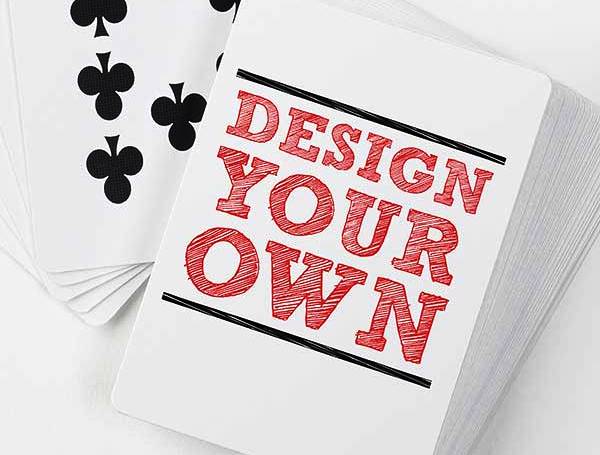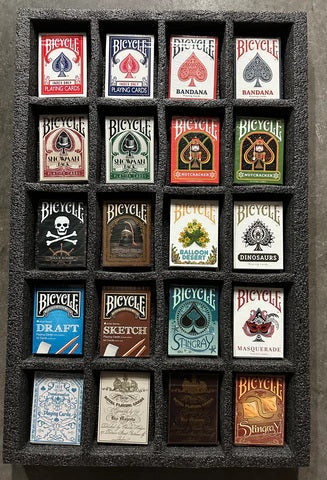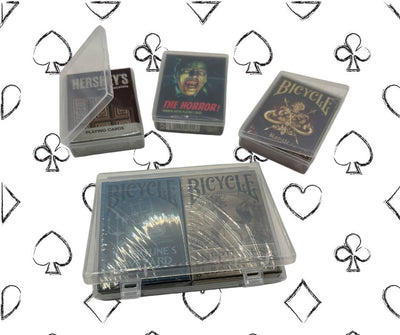
How to Create Your Own Deck of Playing Cards
Whether you are an individual looking to create a few decks of playing cards or you represent a brand with a significant budget looking to create a high-quality deck in mass quantities, feel free to contact our exclusive partner, Shuffled Ink. Shuffled Ink will assist you with all aspects regarding services for the creation and printing of your custom playing card decks.




7 comments
wow actually useful- that not something I see everyday
Thank you so much for sharing this great blog. Very inspiring and helpful too.
Thank you for all of the valuable information you provided. There is more to it then meets the eye.
Do you offer a template for design in Adobe Illustrator or Corel Draw?
Thank you so much to share this article. You have shared lots of information in this article. Keep sharing stuff like this.